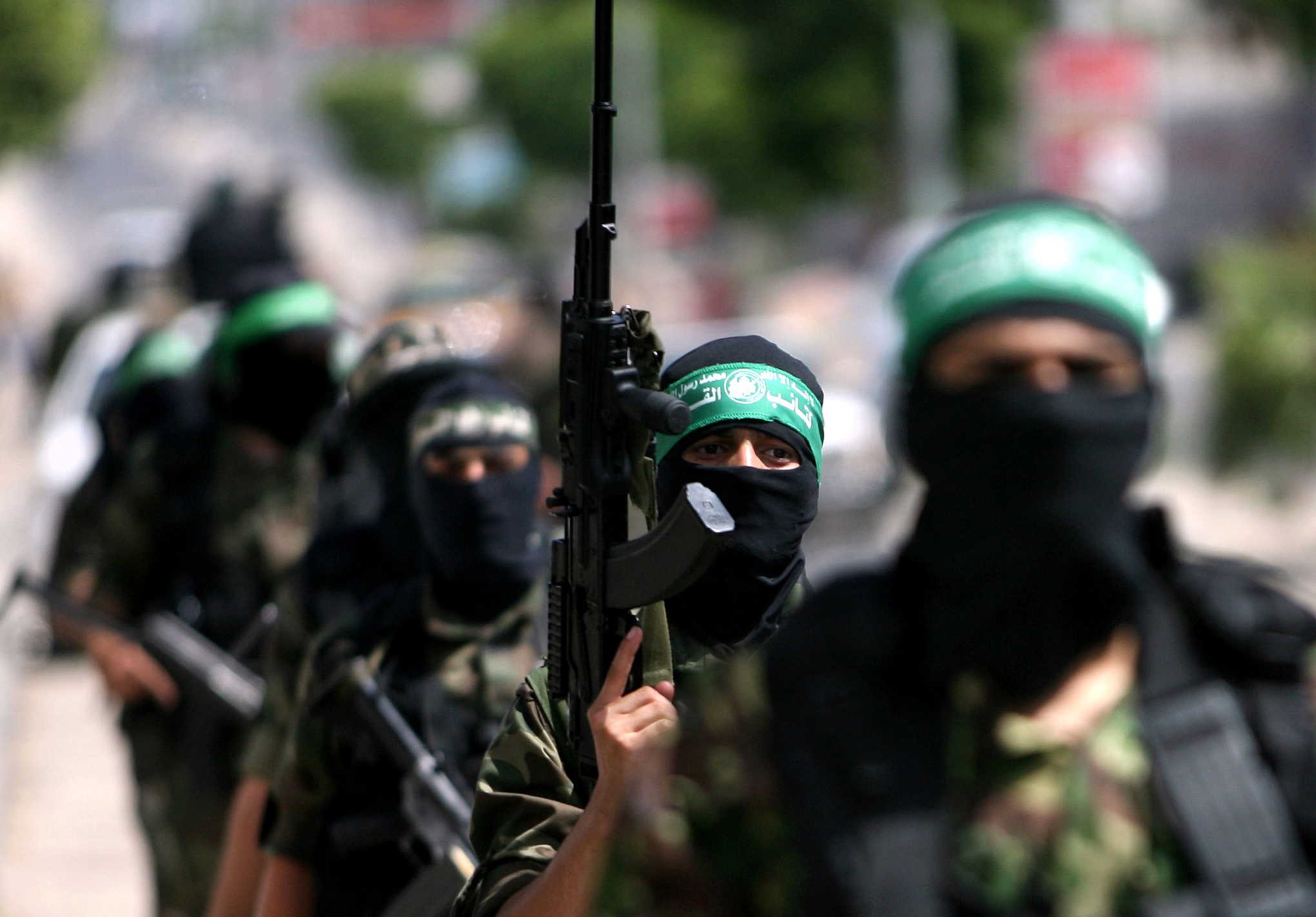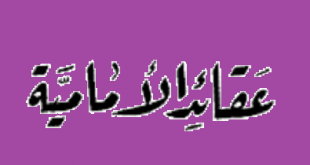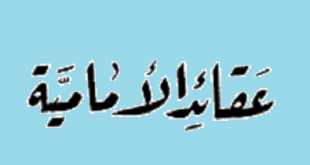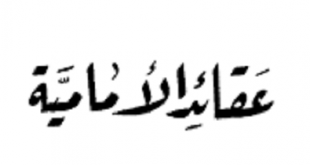With the decline of armed struggle under the PLO and the Left, the Palestinian Resistance, in the early 1980s, was able to start a new phase that moved on from small closed groups to become an institutionalized phenomenon following to some extent a model that combined guerrilla warfare and the official structure of regular armies. This phenomenon was the result of operational diversity whose progression thereafter can be tracked and measured.
Gaza – From the first moment after the end of the second Gaza war in 2012 (Operation Pillar of Cloud), the Palestinian Resistance factions focused militarily on the qualitative and quantitative aspects. This was coupled with steps to fortify and shore up the home front.
In critical stages, a kind of parity with Israel emerged at the intelligence level, reducing the Resistance’s losses markedly. On Friday, for example, al-Quds Brigades, the military wing of Islamic Jihad, declared that 120 of its fighters had been killed throughout 50 days of fighting, including many who had died with their families in their homes when they were bombarded, that is, while not on duty.
Even at the level of psychological warfare, where success depends on applying a number of modern military techniques, al-Quds Brigades, in 2012, was able to send SMS messages to the mobile phones of 5,000 Israeli soldiers and officers in the Hebrew language. This set a new precedent for the Palestinian Resistance.
Al-Qassam Brigades (Hamas) pursued the same path in this war, but focused on advertising its rocket capacity by openly calling on the Occupation to activate its Iron Dome system at full capacity. In one instance, al-Qassam specified 9 pm as the time it would launch 10 rockets, and despite Israeli air cover, the Iron Dome system could not intercept all of the rockets, bearing in mind that al-Qassam also asked the media to cover the event.
The Resistance could not have accomplished this were it not for its mastery of the techniques of camouflage, for both its personnel and rocket platforms. This is on the one hand; on the other hand, slipping behind enemy lines was a cause for great concern among Israeli soldiers and settlers, who feared surprise Palestinian attacks. The Resistance took advantage of this to send out messages of deterrence.
Based on this, it is possible to study how the Resistance moved from a defensive role to a proactive role through 28 years of intifadas and wars.
The first and second intifadas
Outstanding feats during the course of the first intifada (1987-1993) were not clear, because the environment out of which the spark of the intifada emanated was purely popular, and not primarily linked to an organized phenomenon led by any of the national liberation movements. The intifada progressed gradually vis-à-vis resistance activity through three main stages: the first in which stone-throwing was the main weapon; a second where guerilla warfare emerged using melee weapons; and a third involving martyrdom operations.
With this kind of individual and collective action, the resistance factions, especially Hamas and Islamic Jihad, progressed into a new stage of qualitatively and quantitatively intensified military operations. Graffiti at the time was crime punishable by the occupation, and of course, the criminalization included resistance using stones, slingshots, Molotov cocktails, and melee weapons by both factions and individuals.
Despite the large gap between the arms of the Resistance and those of the Occupation, the factions became aware of the need to activate the media arm of the Resistance in parallel with their limited armed resistance at the time. Thus, masked men from the Resistance factions began spraying graffiti on walls containing messages of mobilization addressed to the Palestinian people, and messages that reinforced the psychological barrier with the enemy.
As regards the military wings, they started excelling in guerrilla warfare, hitting military targets with precision. This helped deplete the personnel of the occupation army, who were deployed in the streets and camps of the Gaza Strip.
Resistance operations were managed individually at the time. Of particular prominence were the military schools of Imad Akel (Hamas) and Mohammed Souri (al-Quds Brigades). Soon, special units for explosives and explosive belts were created, ushering in the era of martyrdom operations that were sustained throughout the first few years of the second intifada, before the Palestinian Authority dismantled the Palestinian factions’ military cells in the occupied West Bank, and before the enemy stepped up its security measures.
In the second intifada, the Resistance continued its path of military and martyrdom operations. But Operation Defensive Shield carried out by the occupation army in 2002, and the construction of the separation barrier, hindered martyrdom operations, though many sources say that the Resistance stopped such operations for undisclosed internal reasons.
These developments prompted the Resistance to begin building a rocket arsenal, beginning with locally-made rockets whose range did not exceed 2 to 3 km, until it reached its current capabilities as seen in the most recent conflict. In addition, the Resistance excelled in operations involving raids on settlements and military bases along the border with Gaza, up until the Israeli disengagement from Gaza in 2005. After that, the Resistance developed techniques for tunnel warfare, with tunnels dug below Israeli positions to facilitate attacks against them. There were also attempts to carry out operations by sea.
On the other hand, the occupation continued to carry out ground incursions and raids for three successive years, and was confronted by the resistance military wings with anti-tank missiles and IEDs, inflicting heavy losses in its ranks, especially as the resistance was able to destroy Israeli Merkava-type tanks. The Resistance also stockpiled large amounts of mortar shells and anti-tank missiles, and manufactured local versions of anti-tank systems like al-Banna, al-Yassin, and al-Batar, and made similar efforts to replace barrel bombs (100 kg) with smaller anti-personnel and anti-tank devices.
Operation Cast Lead
The element of surprise was the most important feature of Operation Cast Lead (2008-2009), which began with strikes against the former Gaza government’s security and police buildings. The resistance factions, which had been exhausted by successive incursions, were not well prepared to counter that aggression.
Subsequently, al-Qassam and al-Quds Brigades suffered major security and military setbacks. The political leadership’s assessment of the escalation was inaccurate, which helped the Israeli air force, the enemy’s long arm, achieve many goals and assassinate prominent political, military, and government leaders of the resistance, in addition to relatively containing the resistance’s rocket capabilities by targeting rocket platforms, tracking down and eliminating operatives behind rocket launching, and reducing the rate of rocket fire.
Furthermore, the internal Palestinian front was not in the best shape in terms of its cohesion. The occupation sought to infiltrate the Resistance and thwart its plans, especially at the level of ground operations. Israeli forces thus went deep into the west of Beit Lahia and Jabalia (north), and Tel al-Hawa in southern Gaza, without a strong response from the resistance. The Israelis also dissected Gaza into three parts, and the movement of medical services between the cities was prevented.
Nevertheless, the Resistance revealed a new card in the rocket-launching arena, with the range of its rockets dramatically growing, now hitting Ashdod, Ashkelon, and Beersheba through the use of Russian-made Grad rockets having a range of (20-40 km).
Pillar of Cloud
In the eight-day conflict dubbed Operation Pillar of Cloud, which was the shortest of the two wars, the resistance was able to catch the enemy by surprise. What also helped broker a political solution at the time was the presence of Hamas’s parent organization the Muslim Brotherhood in power in Egypt. Military supplies were also being transported underground at full speed.
Four years were thus enough for the resistance to strengthen its capabilities and upgrade the range of its rockets to 75-80 km. Moreover, the Resistance developed the list of its targets, and though the margin of error of the rockets was not relatively good, the rockets had a huge psychological impact by targeting important cities in occupied Palestine such as Jerusalem and Tel Aviv.
All this weakened the ability of the Israeli public to tolerate hostilities. The Israeli public found itself well in range of the Resistance’s firepower, without the Iron Dome performing effectively like in the most recent war. The Resistance also showed outstanding skill in launching rockets through tunnels, which meant that the Israeli air force was unable to target anything except civilian homes.
Moreover, the resistance factions built their own communications network modeled on Hezbollah’s communications network, which allowed the resistance to conduct its battles safely, unlike during Operation Cast Lead.
What helped the resistance prevent the Israelis from carrying out a ground incursion was revealing that it had acquired Russian-made anti-tank and anti-ship missiles, in addition to both stationary and mobile launch pads of all kinds. However, it is important to note that the war started with the assassination of the deputy commander of the al-Qassam Brigades, which gave the Israelis a trump card from the beginning of the war, and allowed the Israelis to content themselves with that “achievement” without having to finish the operation.
Operation Strong Cliff (Protective Edge) (2014)
Two years later, the Resistance worked day-by-day to neutralize the impact of the Israeli Air Force, making underground tunnels a real threat to the enemy’s combat doctrine. Israeli armored vehicles became an easy target as well for the resistance’s guided missiles, and the same applies to Israeli infantry.
From the first day and prior to the ground incursion, the Resistance worked hard to demoralize the enemy, following several operations behind enemy lines. This was the result of concerted efforts, beginning with surveillance and reconnaissance of enemy positions, and not ending with assigning elite fighters to more than one group during the same mission, as well as engaging the enemy soldiers from point blank, all suggesting that the resistance fighters had received intensive and advanced training. The operations were also documented and broadcasted after being edited, including for example the footage of the commando raid on the Nahal Oz enemy position east of Shujayeh.
As a result, the Resistance’s media arm became a credible source of information for the Israeli public, just like the case has been with Hezbollah. The Israeli air force became a tactical problem that could be overcome by deploying the elements of initiative and maneuver.
Even in the course of repelling ground incursions, attacks on armored vehicles, and sniper attacks on soldiers, the intense Israeli aerial bombardment did not impact the performance of the Resistance in combat, though it caused huge devastation in Palestinian infrastructure.
What characterized this war was the fact that the Resistance was able to prevent the occupation from pushing deep into Gaza, irrespective of claims by Israeli leaders that their operation was limited. This made it possible to maintain contiguity among the areas of the Gaza Strip. The Resistance also repelled marine attacks, and for the first time, the Resistance deployed extensively along the shore.
In addition to the above, the Resistance factions were able to turn the occupation soldiers from hunters to prey, when they declared that they intended to capture as many soldiers as possible. So far, al-Qassam has disclosed having captured Israeli soldier Shaul Oron prior to the massacre in Shujaiya.
Now, all the factions are at a crossroads. They could either continue preparation and development of their capabilities, and deploy new surprises in any future conflict, or the politicians could limit their successful track record.
The Resistance starts where it left off
In the recent war, the Resistance began its shelling where it had left off two years ago. The first attack by al-Quds Brigades targeted the occupied city of Tel Aviv. And like the war began with bombing this city, the final five minutes saw the bombardment of Tel Aviv for one more time.
The Resistance, especially al-Qassam Brigades, showed off the extent at which the range of its rockets has developed, now touching on 100 km and more. The Resistance declared it had bombed the occupied city of Haifa using R-160 rockets, which the Israeli occupation concluded were a modified version of the Syrian-made M-302 rockets that Hamas acquired before the enemy seized the Klos-C cargo ship in the Red Sea. According to Israeli claims, that ship was carrying 40 rockets of that type.
On the other hand, Israel was forced to deploy Iron Dome batteries along a very large area of occupied Palestine (eight batteries), especially in major cities, unlike what happened previously, when they were deployed in the vicinity of Gaza. Although the Iron Dome showed some improvement with its ability to tackle “decoy rockets,” it did not show great ability relative to the number of missiles the system launched, especially in intercepting 120mm mortar shells that have a range of up to 12 km.
Source: Al-Akhbar
 WILAYAH NEWS VOICE OF THE GLOBAL AWAKENING
WILAYAH NEWS VOICE OF THE GLOBAL AWAKENING






